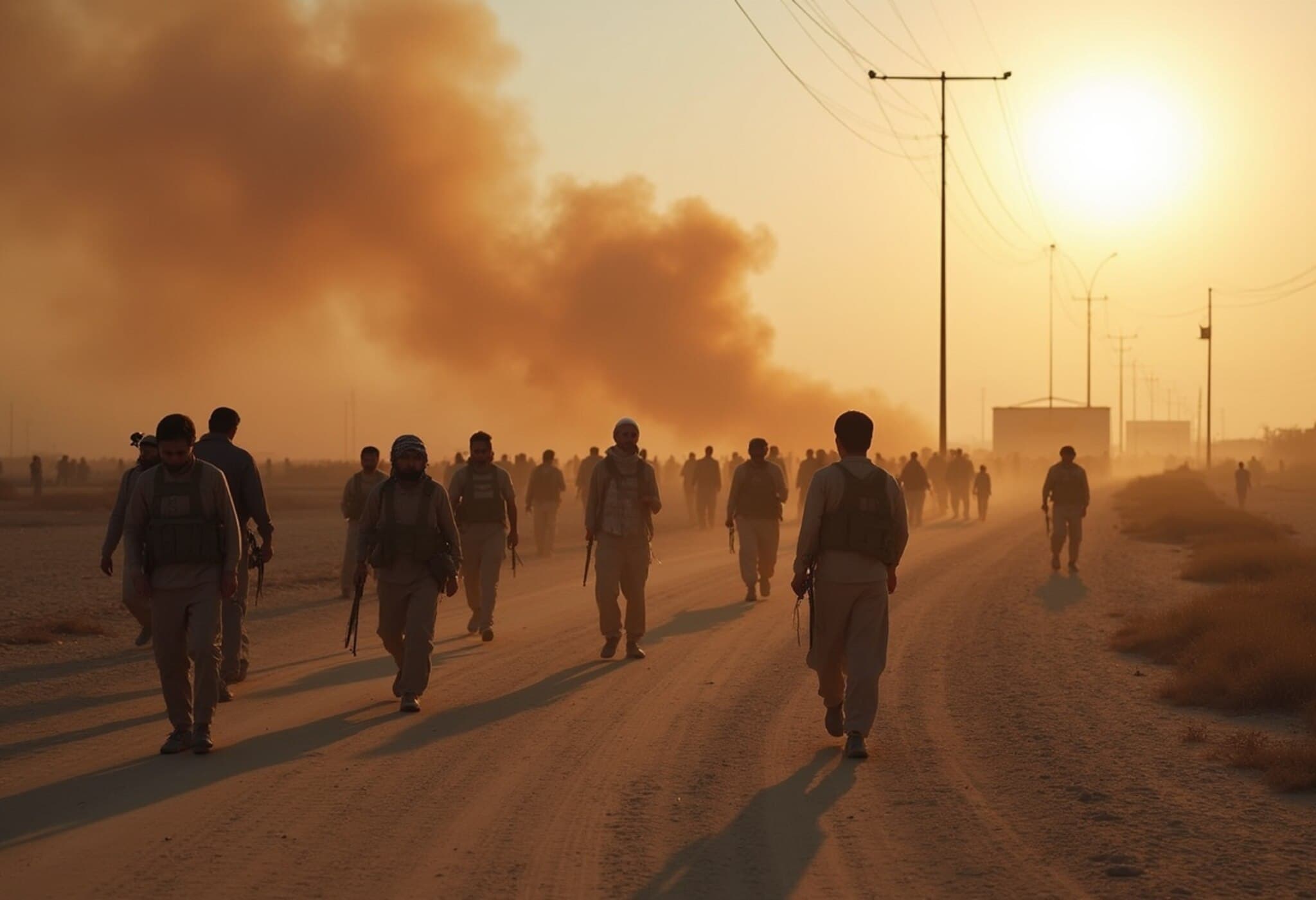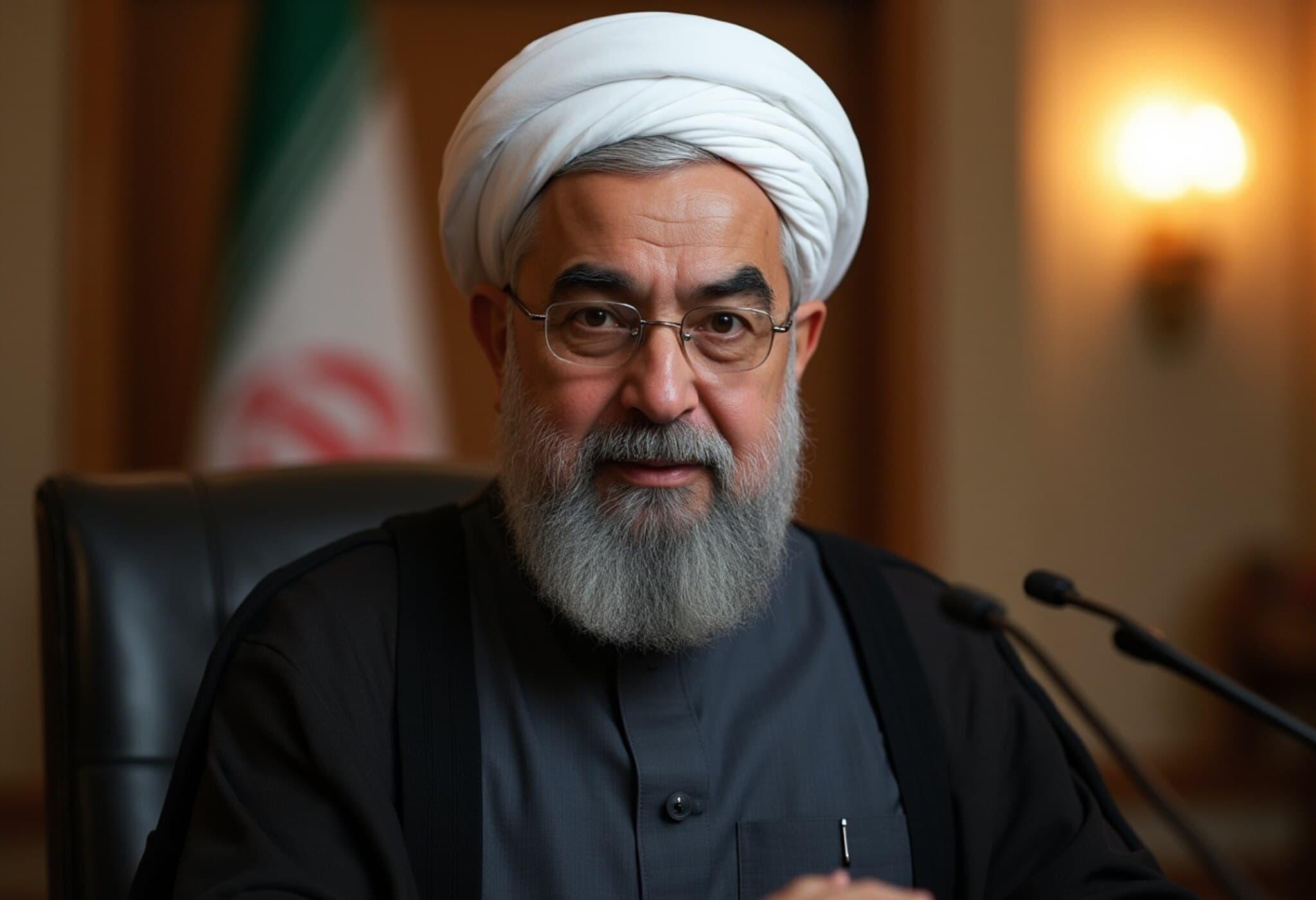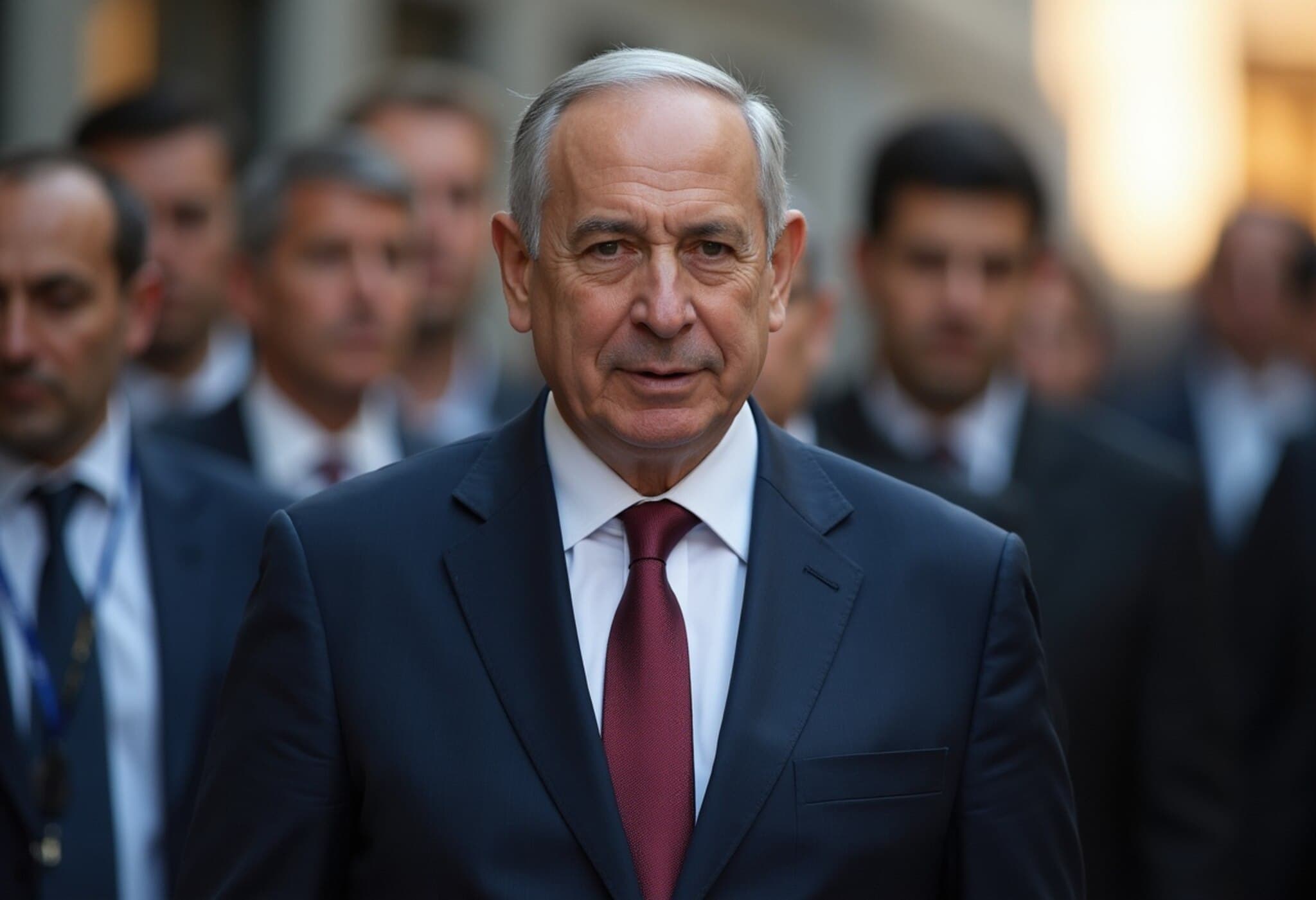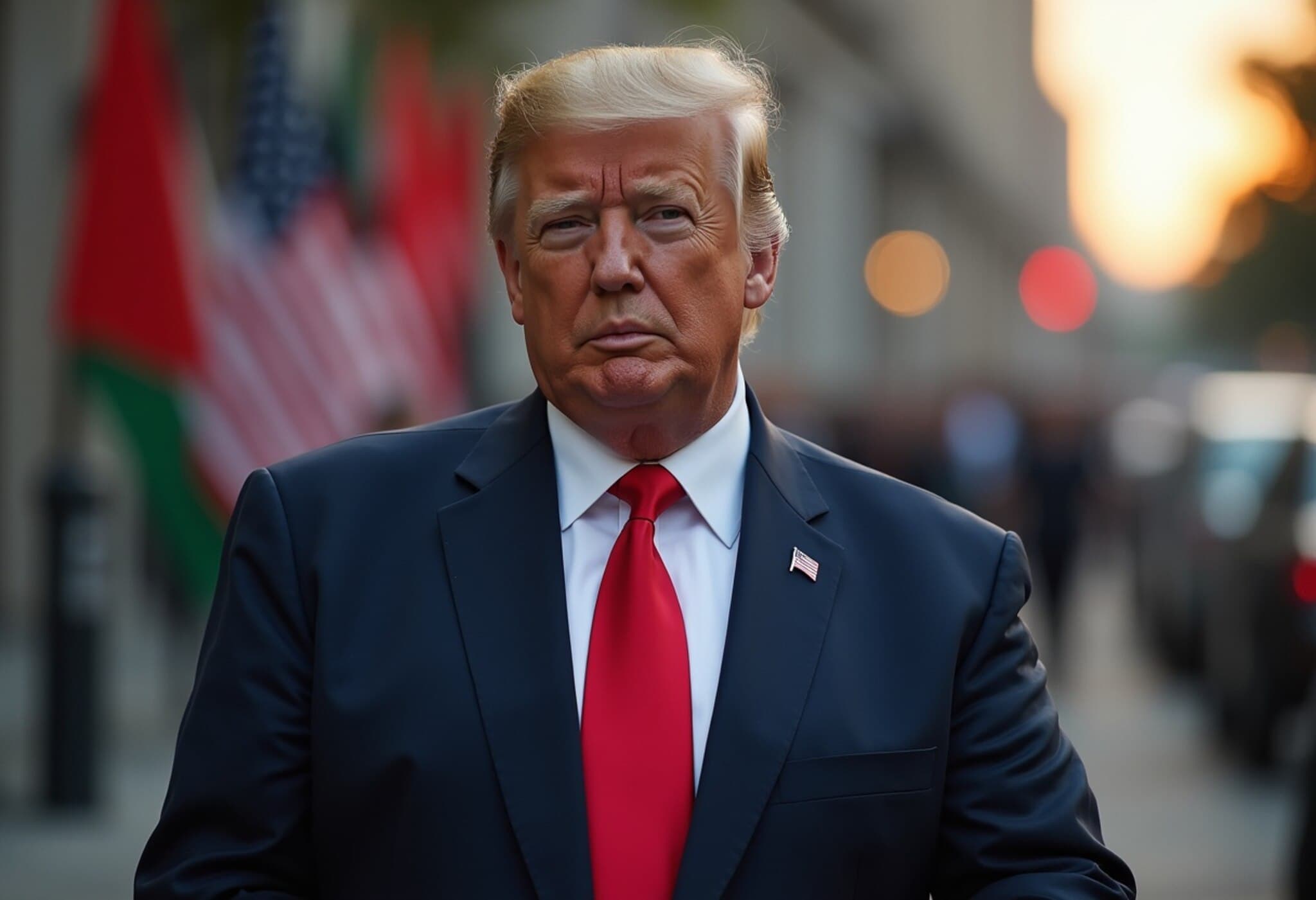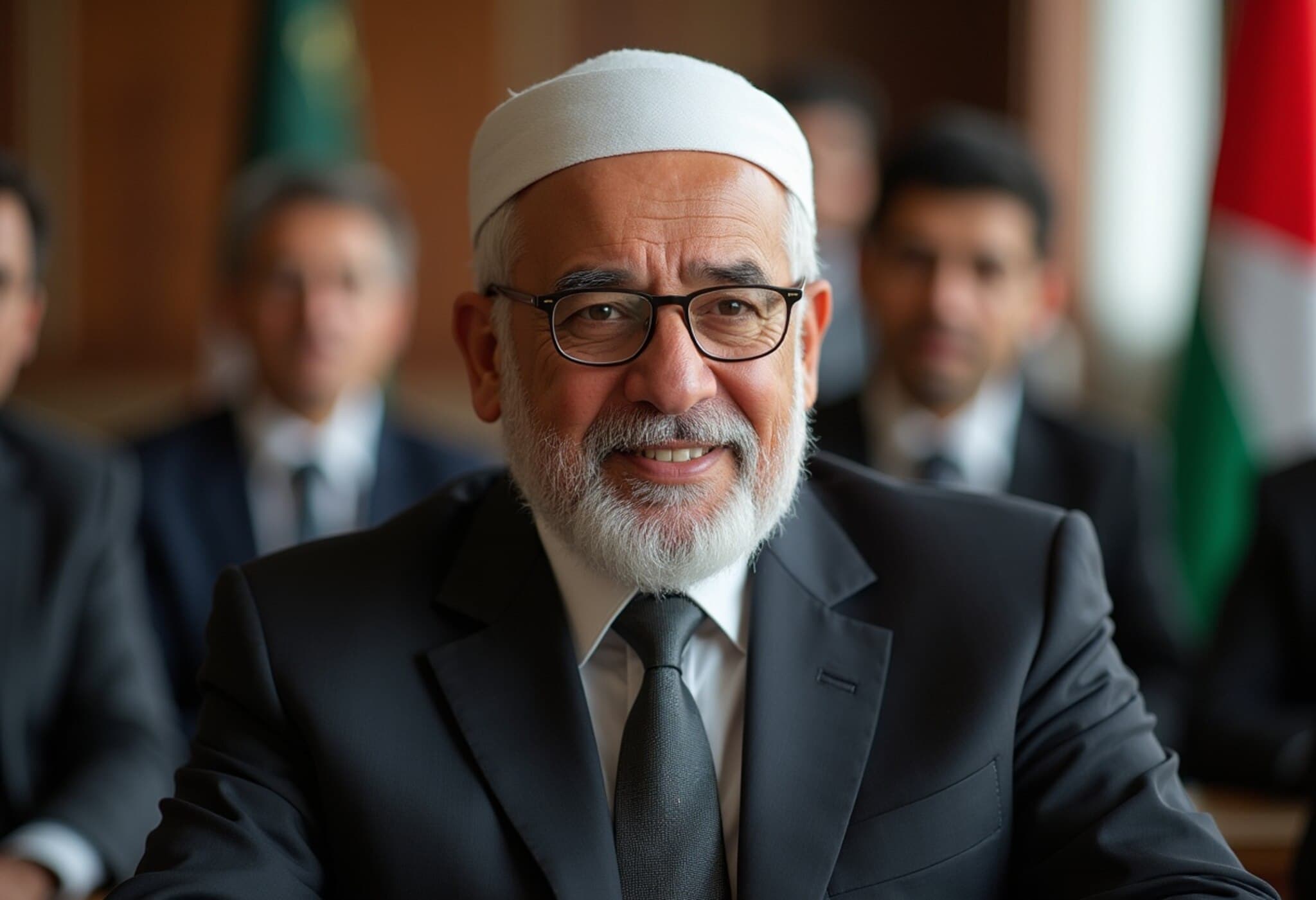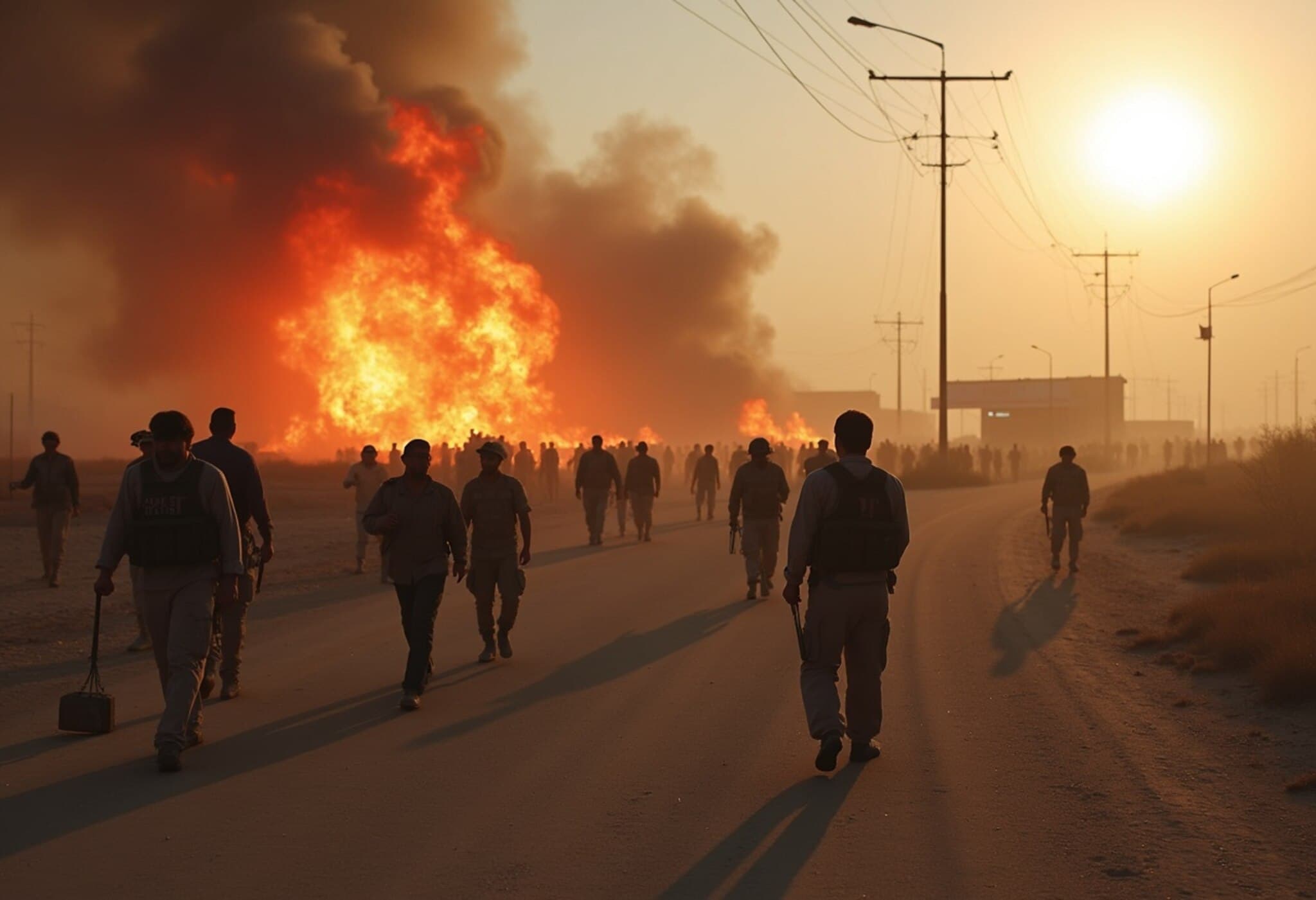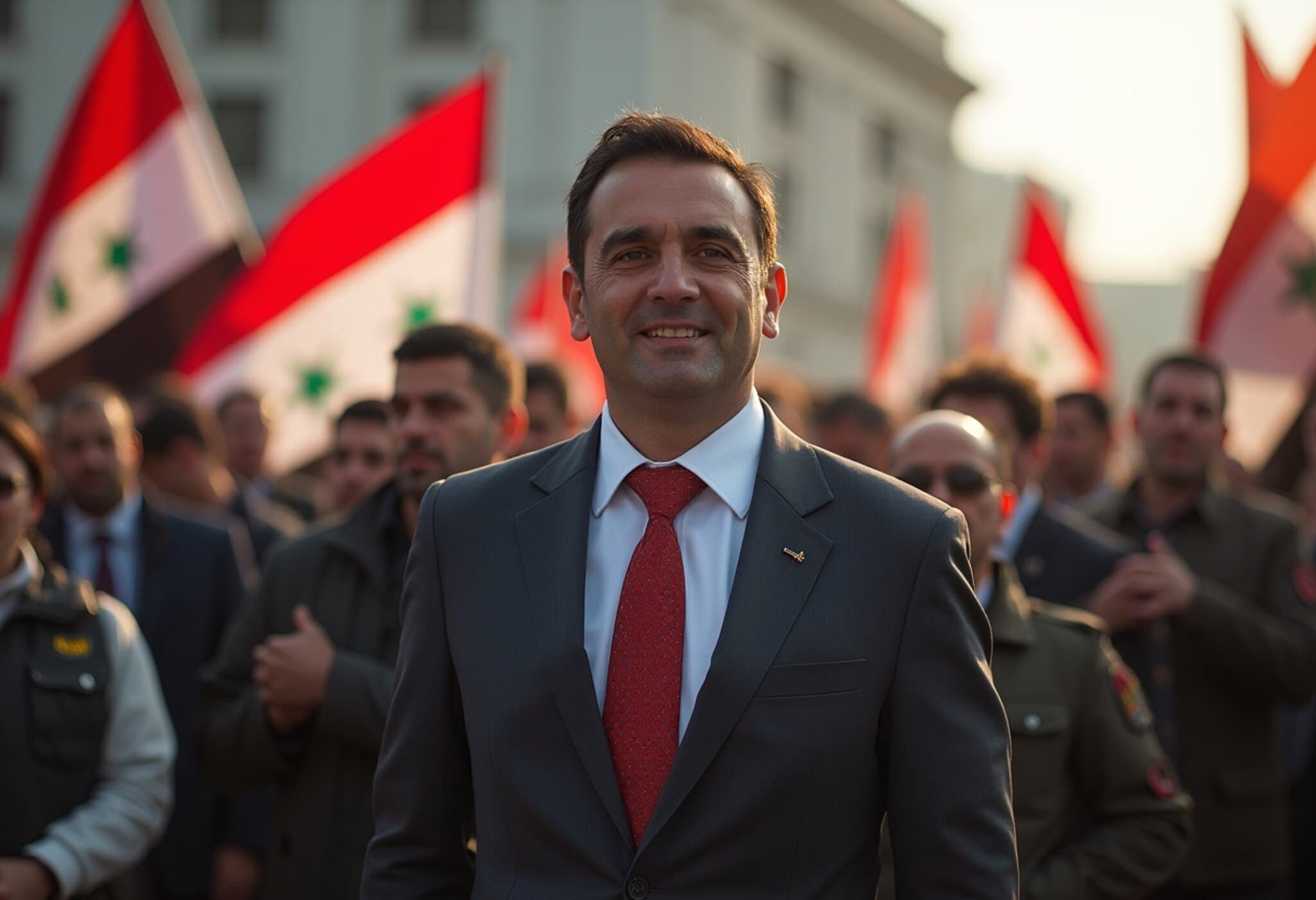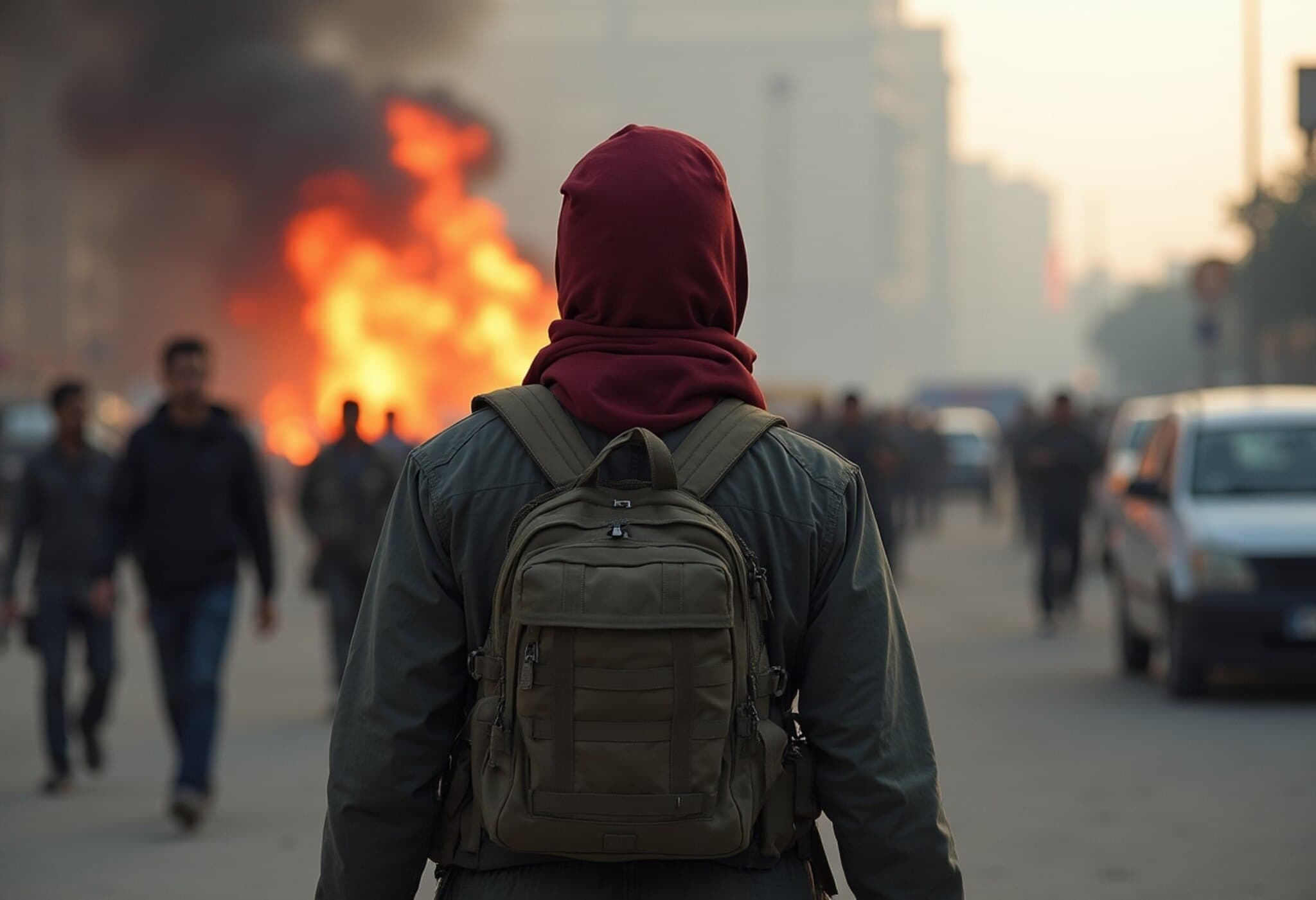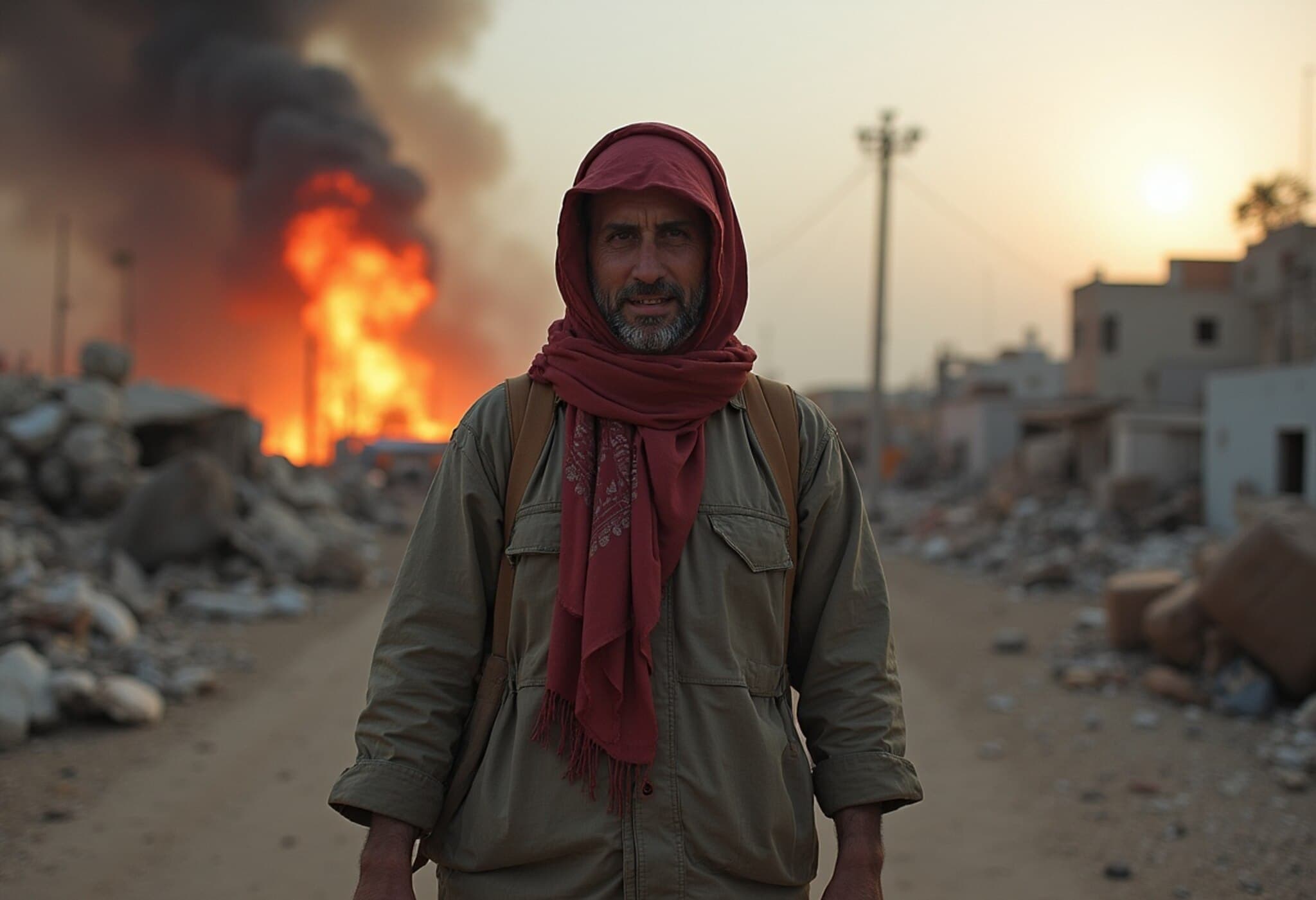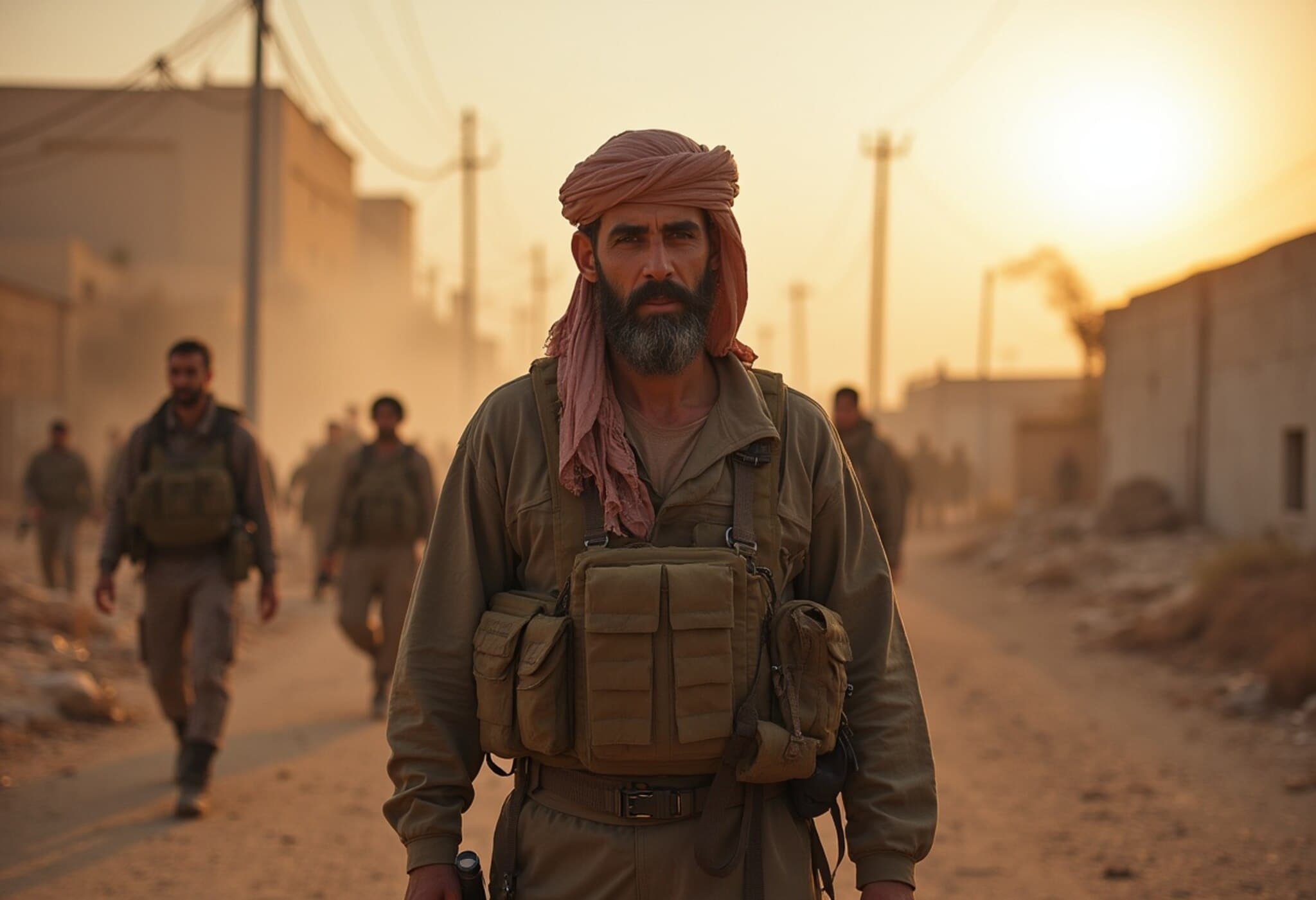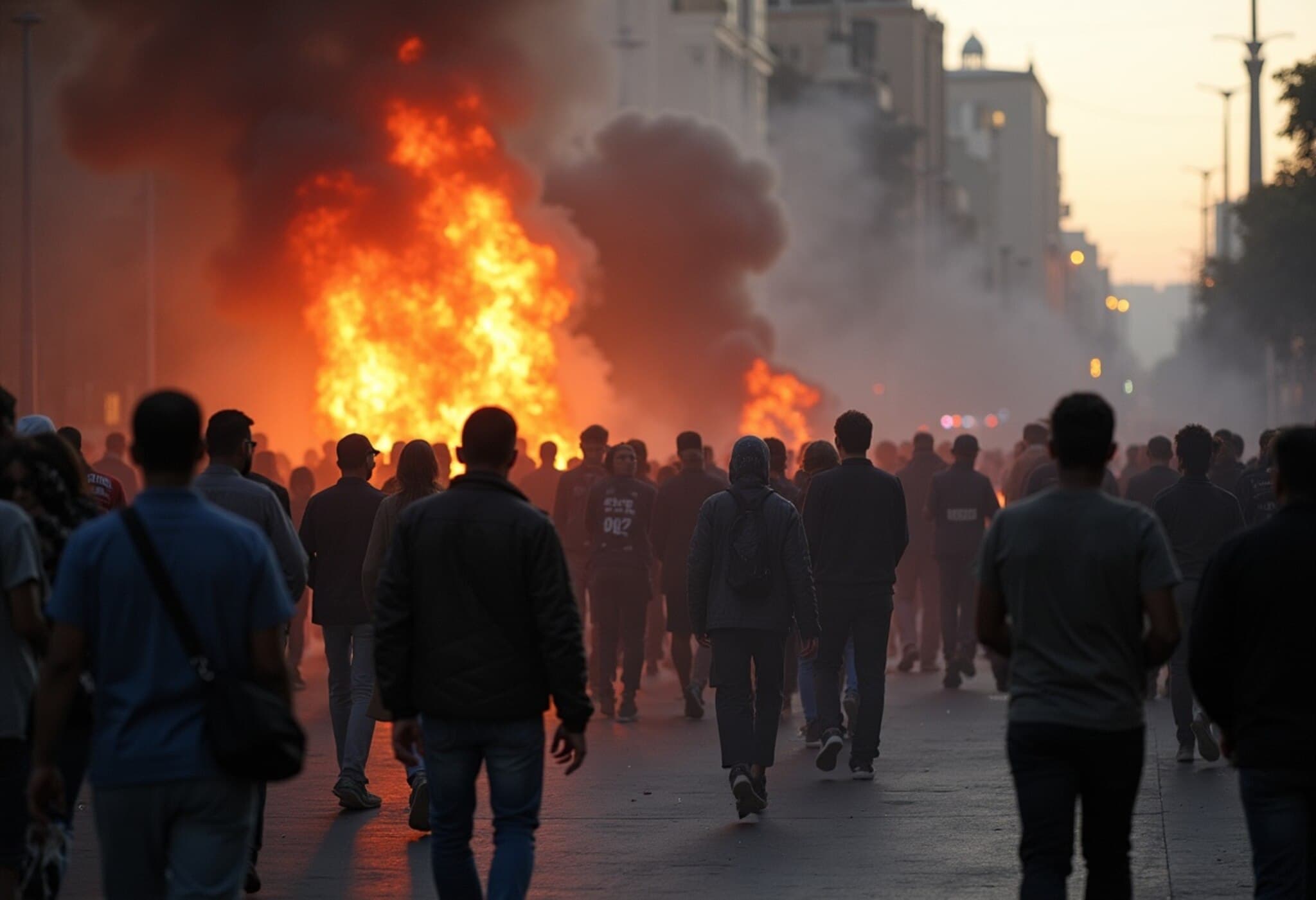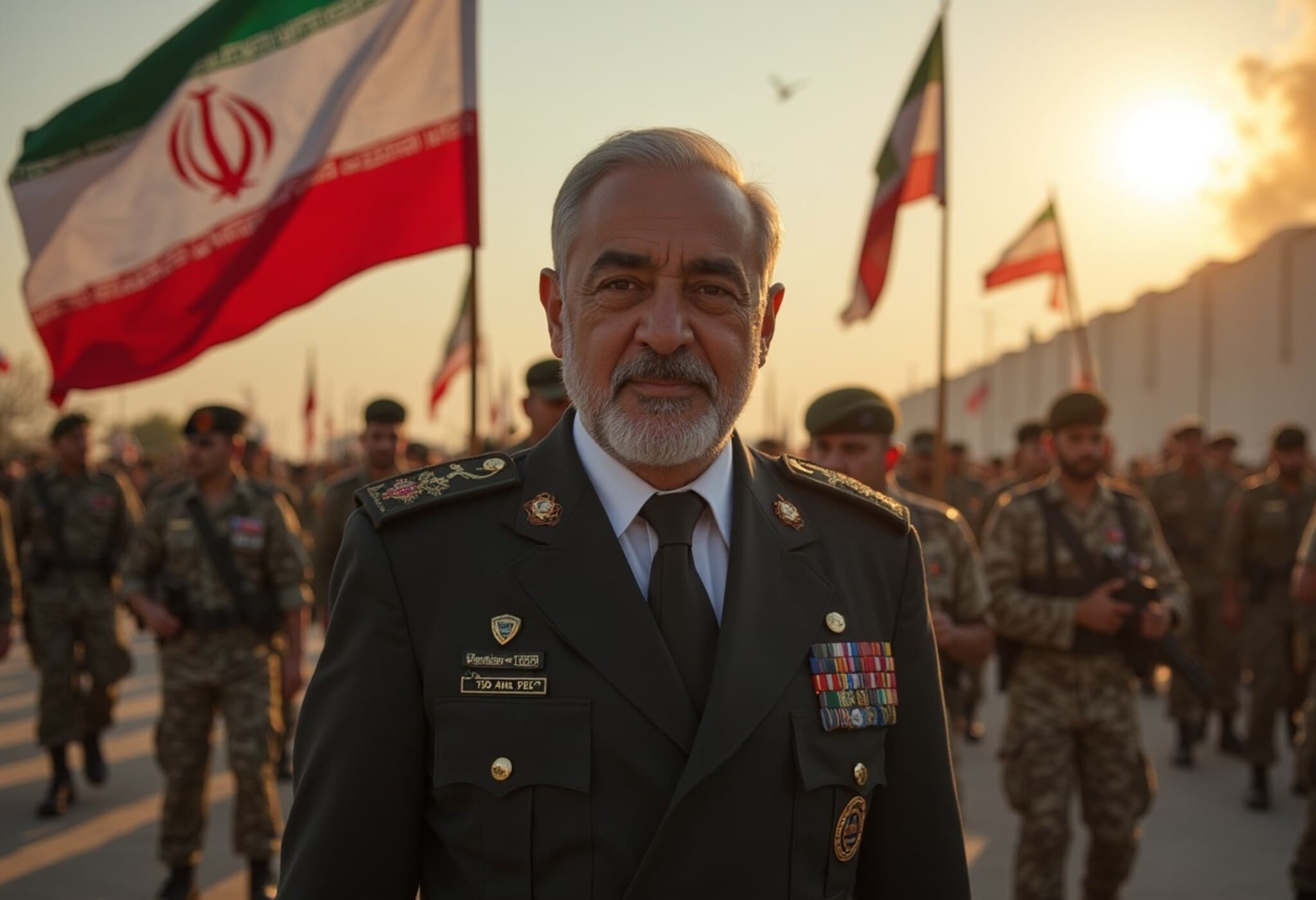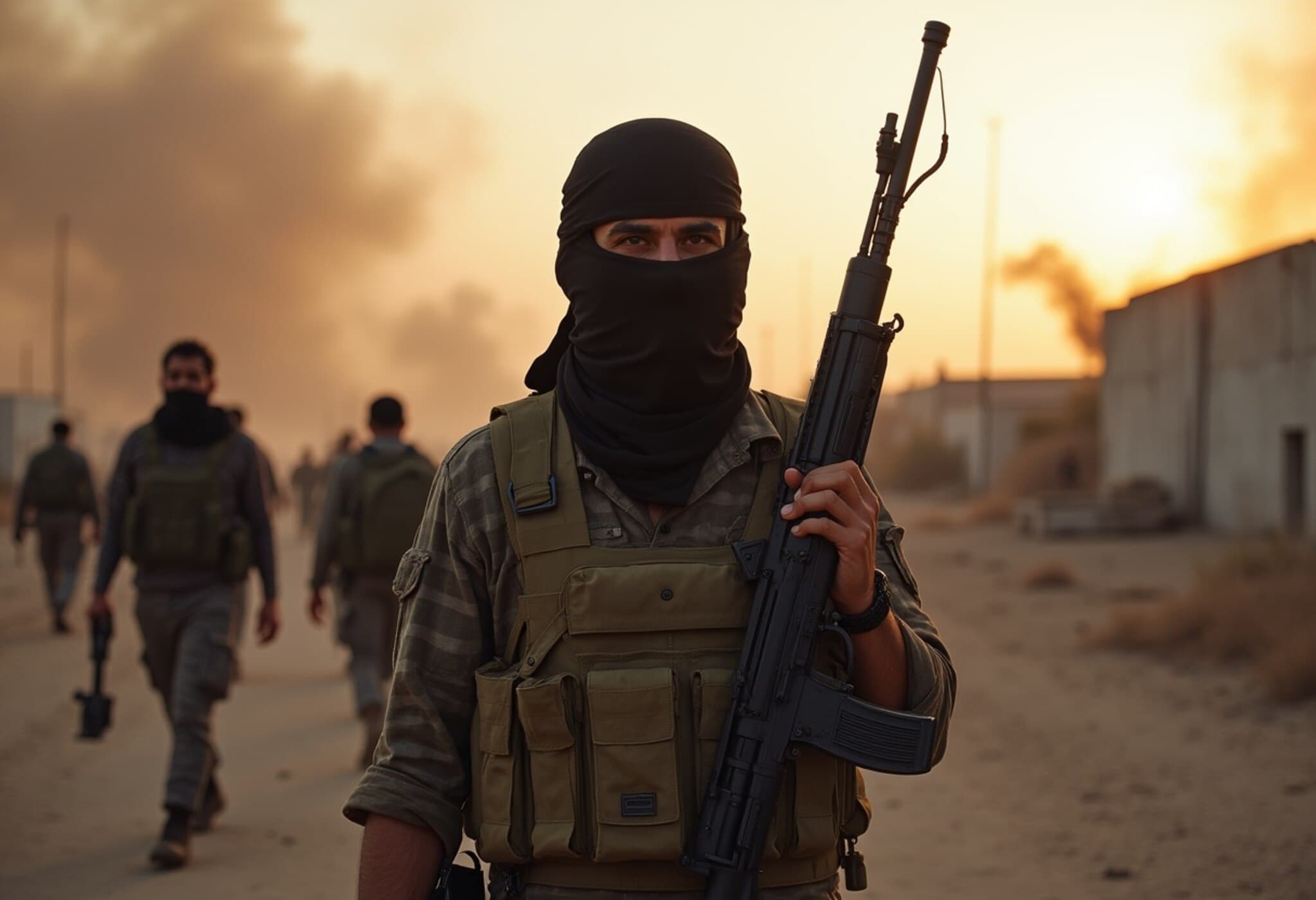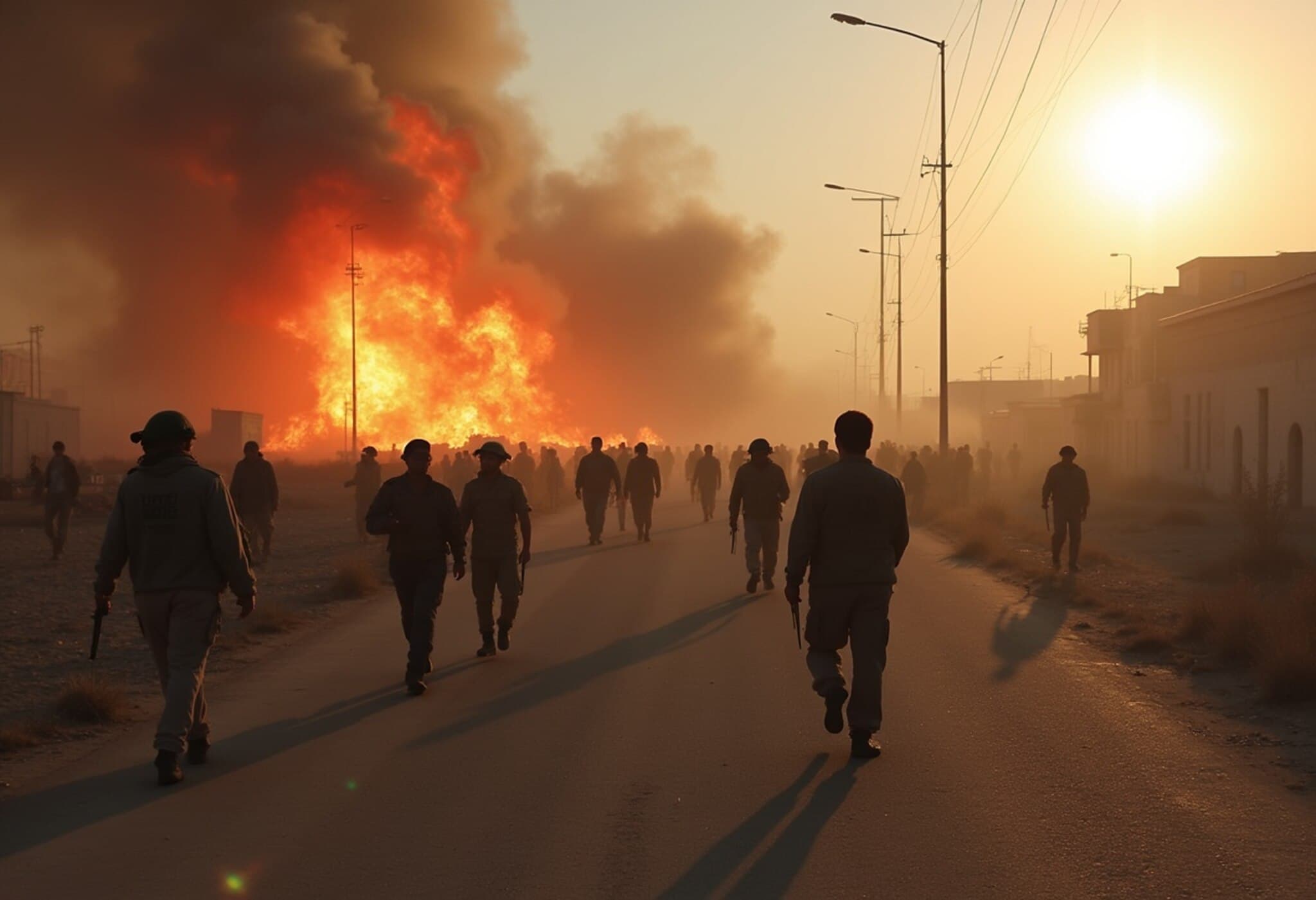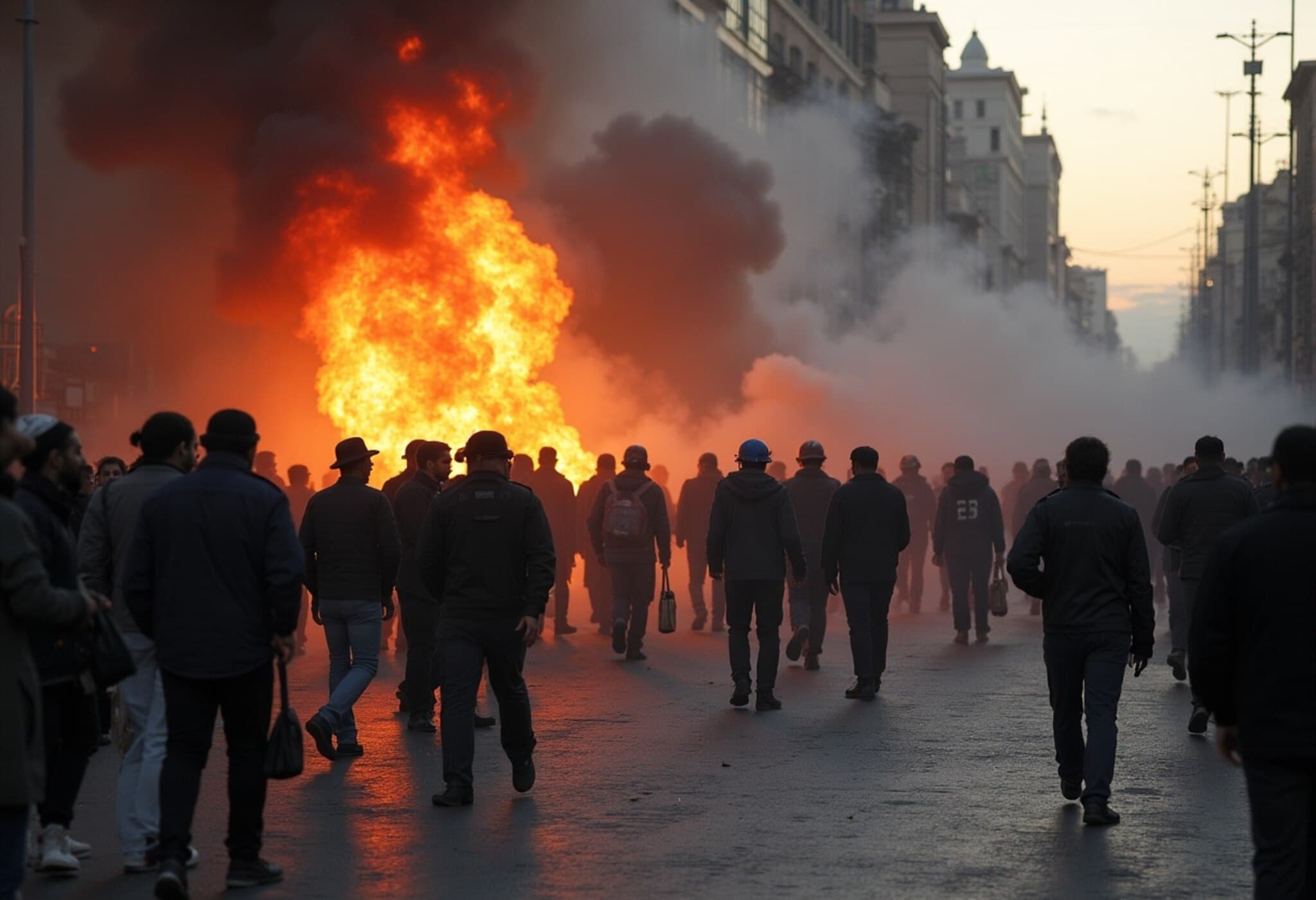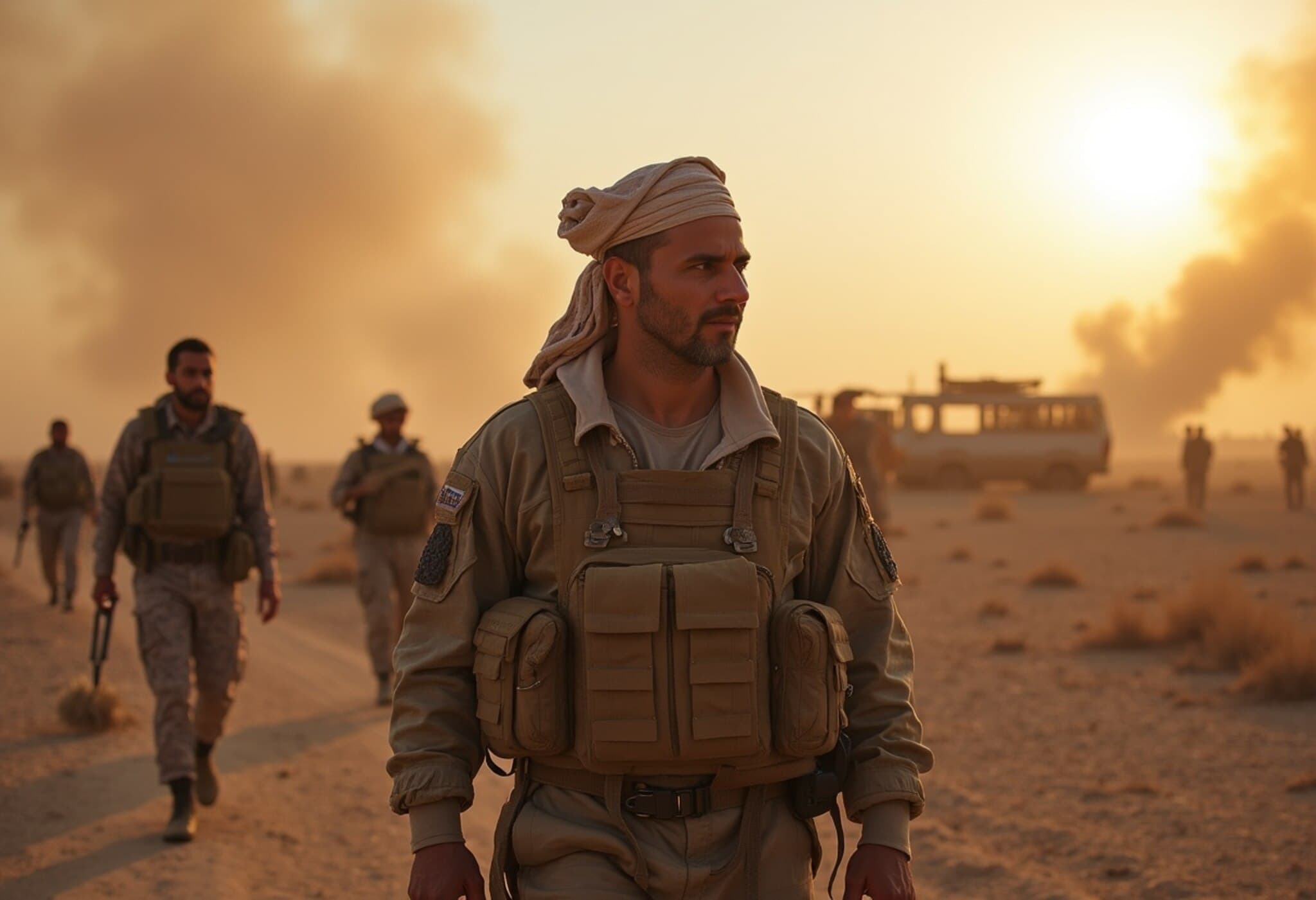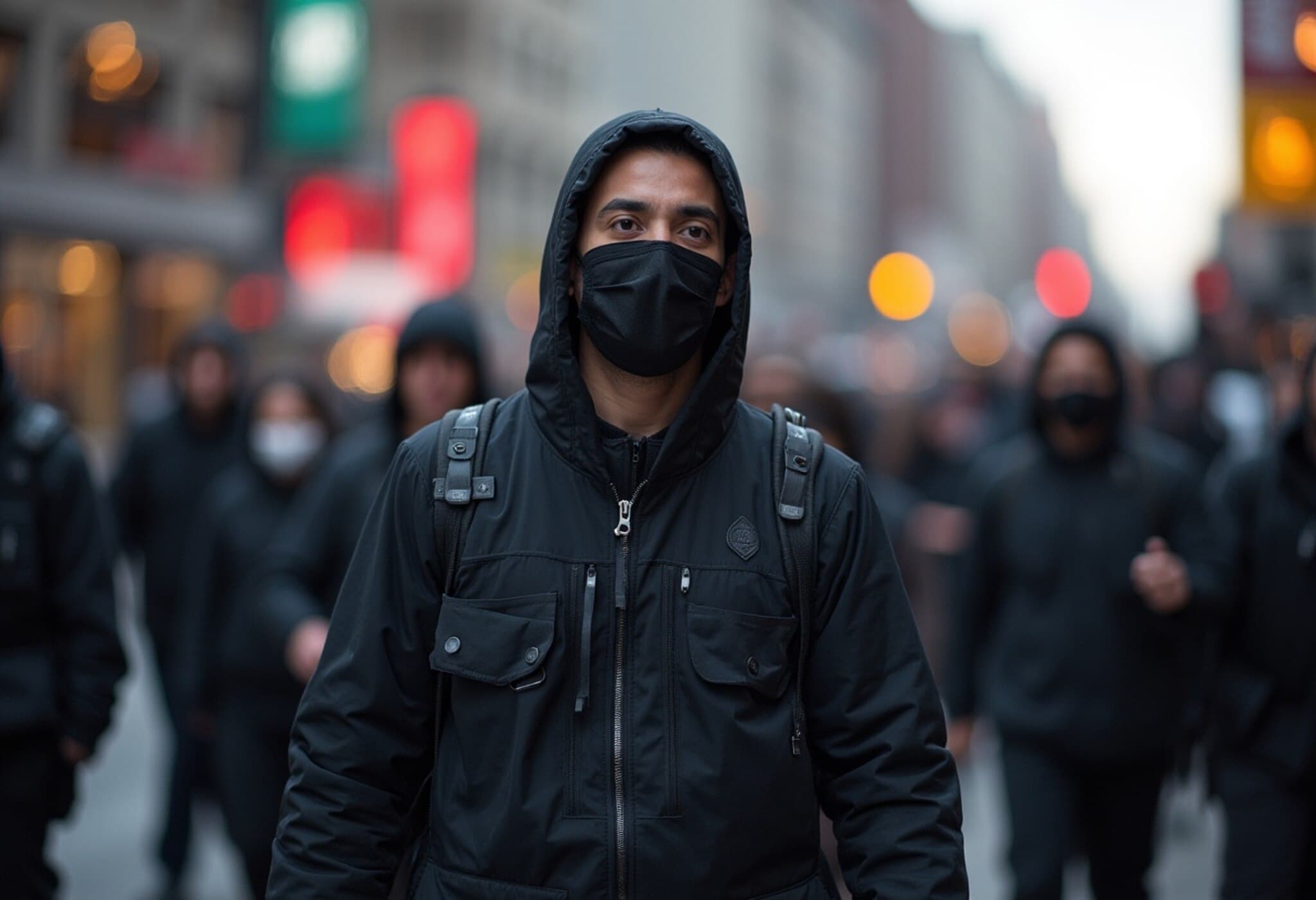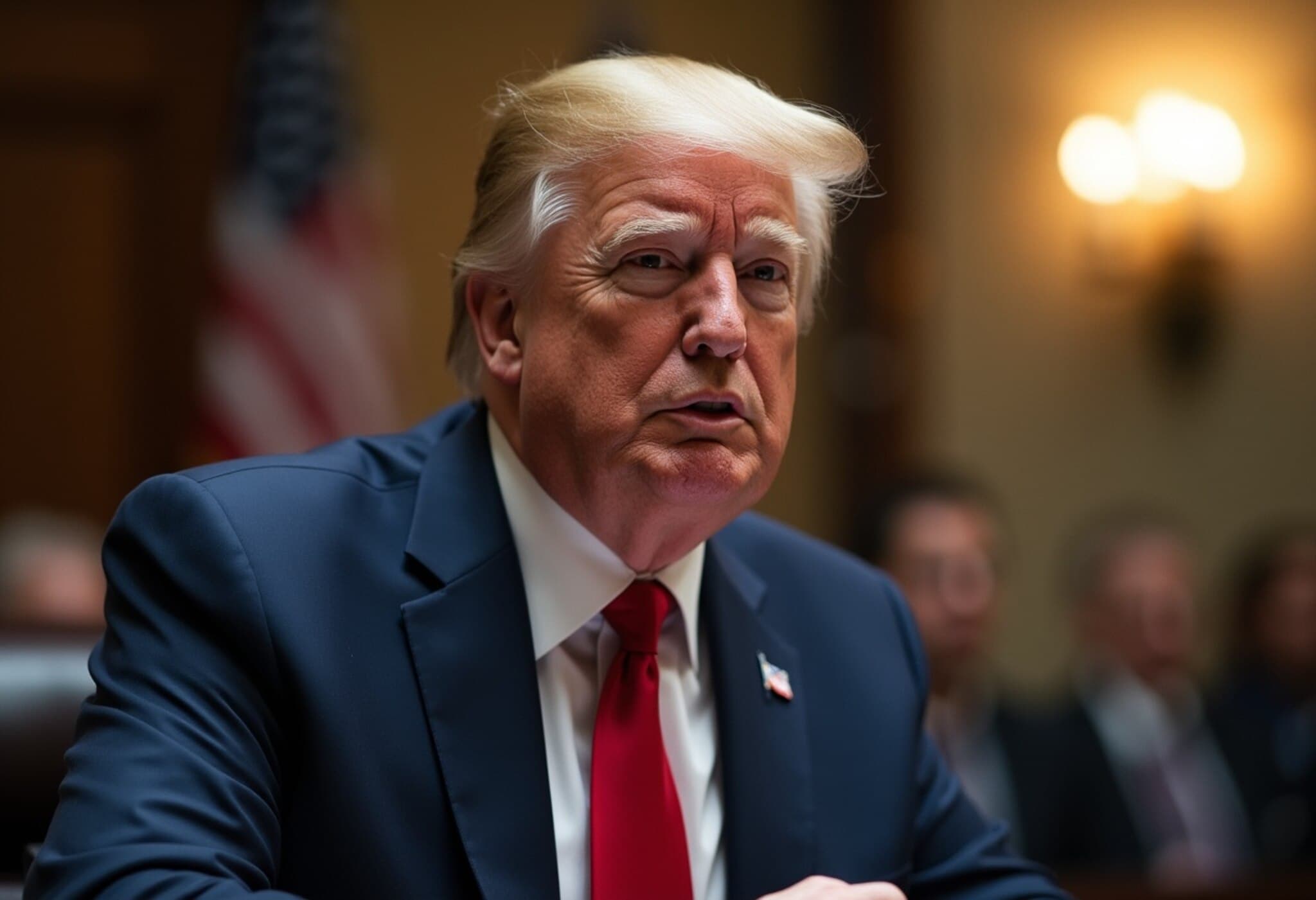A Fragile Truce Amidst Rising Bloodshed in Syria’s Sweida
Despite efforts to halt the brutal clashes in Syria’s Sweida province, recent violence has claimed the lives of 940 people, highlighting the fragility of peace in this contested region. The ongoing conflict between Sunni Bedouin tribes and Druze-affiliated militias underscores the deep divisions and escalating tensions in Syria’s complex social fabric.
Casualty Breakdown: A Grim Toll
The Syrian Observatory for Human Rights reports a staggering human cost: 326 Druze fighters and 262 Druze civilians among the dead, including 182 civilians reportedly executed by government forces. Conversely, government troops suffered 312 fatalities, alongside 21 Sunni Bedouin deaths, including civilians. Additional casualties stem from Israeli airstrikes targeting Syrian military positions, complicating an already volatile landscape.
Political and Military Dynamics
Syria’s interim president, Ahmad al-Sharaa, has openly called on Sunni Bedouin communities to adhere strictly to the ceasefire intended to stop the spiraling violence. While government forces were originally deployed to stabilize the region, accusations have been leveled against them for siding with the Bedouins, amplifying distrust between factions.
The conflict also triggered pre-ceasefire Israeli air raids against Syrian military convoys and even the Damascus Defense Ministry headquarters. Israel’s intervention, supporting its Druze minority — a community integral to its military and society — reflects the broader regional complexities tied to ethnic and sectarian identities.
Voices from the Ground and Beyond
In a captured moment of political tension, al-Sharaa condemned "armed factions from Sweida" for retaliatory strikes on Bedouin villages and warned explicitly that Israeli involvement has escalated Syria “into a perilous phase.” These remarks illustrate not only intercommunal strife but also escalating foreign entanglements that risk further regional instability.
Meanwhile, Druze leader Sheikh Hikmat Al-Hijri, critical of the government and skeptical of recent ceasefires, outlined critical measures brokered by guarantor states aimed at containing violence— including the establishment of security checkpoints and restrictions on movement in and out of key villages.
Contextual Insights: What This Means for Syria
- Post-conflict fragility: This escalating violence threatens to unravel Syria’s tenuous recovery from years of civil war.
- Minority rights and security: The Druze community, making up a significant minority, face existential risks as their homeland becomes a battleground.
- Regional entanglements: Israeli airstrikes highlight how Syria remains a focal point for broader Middle East geopolitical rivalries.
- Role of international mediators: US and Arab nations’ involvement reflects both the global stakes and limited effectiveness of diplomatic interventions.
Looking Ahead
Al-Sharaa’s reaffirmation that ‘Suwaida remains an integral part of the Syrian state, with Druze as a fundamental pillar’ reflects a commitment to national unity, but will it withstand the fractures on the ground? The ongoing challenge for Syria’s leadership and international partners is whether peace can be translated from rhetoric to reality in this multi-ethnic, multi-factional landscape.
Editor’s Note
The tragic losses in Sweida spotlight the complexities of sectarian conflict, external interference, and fragile state authority in war-torn Syria. This violence not only threatens minority communities but also strains the broader regional stability. Close attention must be paid to the sustainability of truces, the role of international diplomacy, and protection of vulnerable populations. Readers are encouraged to reflect on how international powers' strategic interests intersect with local realities, often complicating peace efforts.

